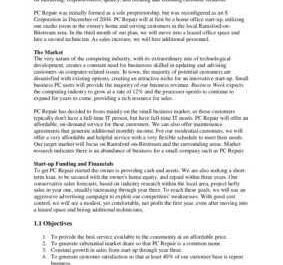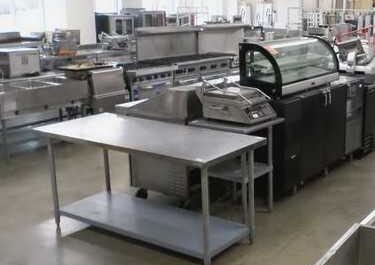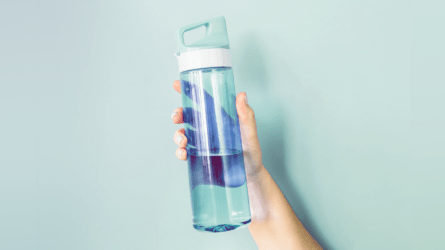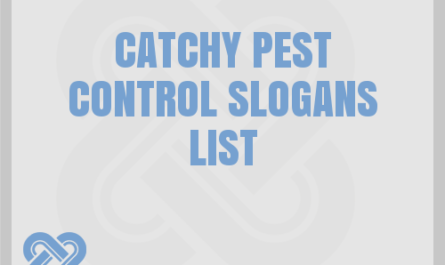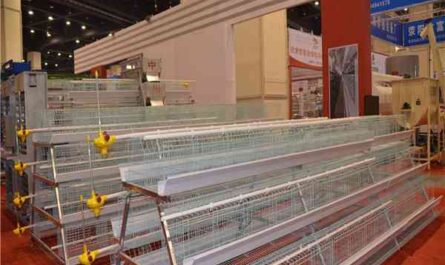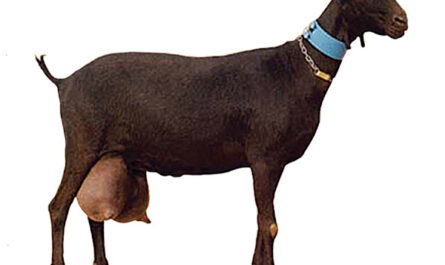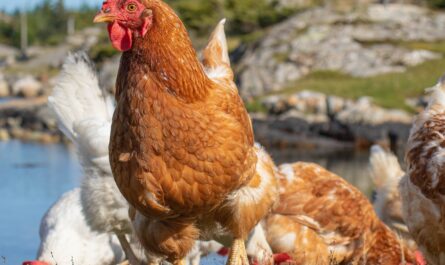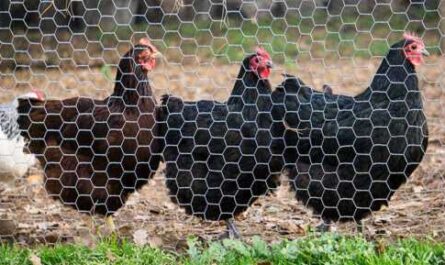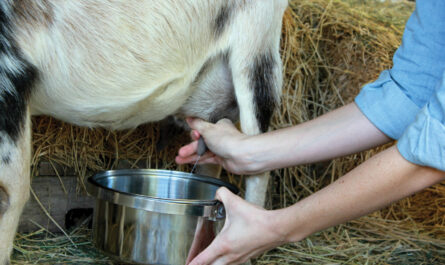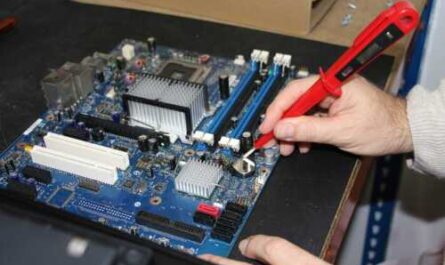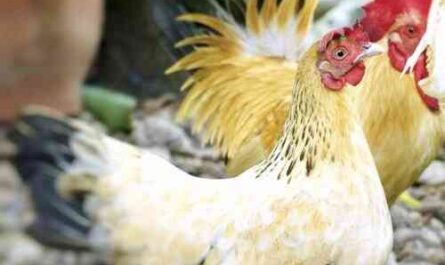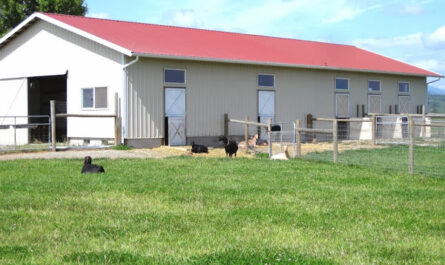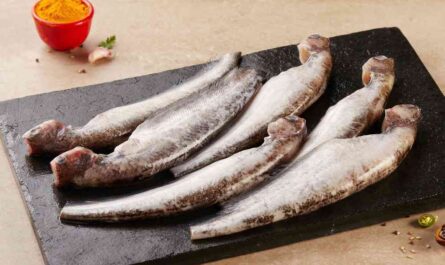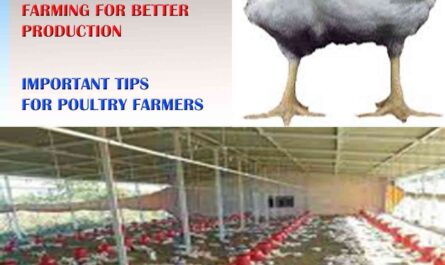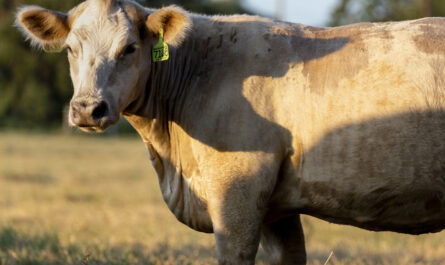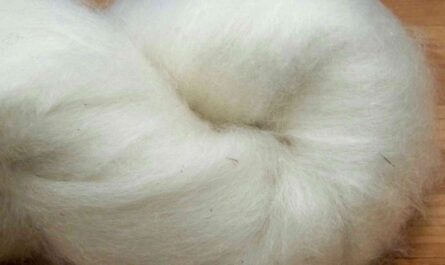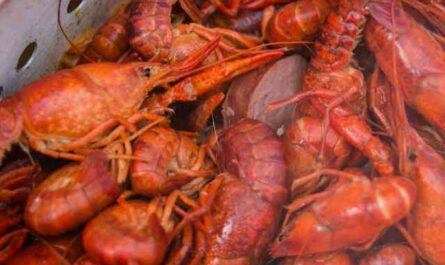Mud crab farming is very popular in some Asian countries such as Bangladesh, India, Thailand, Philippines, etc. Mud crabs are in high demand and very expensive in the international market.
The crab is very tasty and many countries around the world import huge quantities of crabs for human consumption every year. As a result, there are huge opportunities for earning foreign exchange by exporting crabs.
Commercial farming of mud crabs is growing in popularity. Getting started is very simple and very cost effective.
Mud crabs are mainly used for food. It is very popular as a food in its entire range and is also popular in the global market.
Therefore, it is advantageous to start the industrial production of mud crab. It is sold at a high price in the market. And the demand is also very good.
Benefits of Mud Crab Farming
The main advantages of crab farming are that labor costs are very low, production costs are comparatively lower, and they increase very quickly.
Commercial crab farming develops a way of life for coastal residents. With proper care and management, we can earn more from crab farming than from shrimp farming.
And small-scale crab farming is becoming more popular every day. Here, we try to outline the major benefits of starting a commercial mud crab farming business.
- Industrial mud crab farming is not a new business idea. People have been raising mud crabs for profit for a long time.
- Mud crabs can be raised in small ponds. So you can use your pond to raise mud crabs.
- Feeding costs are very low and crabs can survive on relatively poor quality food.
- Mud crabs are very popular all over the world. So you don’t have to worry about marketing your products.
- You can start small or large, depending on your budget.
- Crab farming is a very profitable business. It can therefore be an excellent source of employment. Especially for the educated unemployed.
- You will soon return the invested money.
- You can use your family labor to cultivate and care for mud crabs.
Types of Mud Crabs
The mud crab is found in estuaries, streams, and coastal waters. They belong to the genus Scylla. There are two types of crabs suitable for commercial production. The two types of crabs are the red claw crab and the green mud crab.
green mud crab
- Green mud crabs are larger in size.
- The green mud crab can reach up to 22 centimeters in carapace width. And it can weigh about 2 kg.
- They are free-living and distinguished by polygonal markings on all appendages.
red claw
- Red claws are generally smaller than green crabs.
- The red claw can reach a maximum size of 12.7 centimeters in carapace width. And it weighs about 1.2 kg.
- It has burrows and lacks polygon markings.
Both species are suitable for commercial crab farming. And both have good value and huge demand in overseas market.
Mud crab farming methods
It is very easy and simple to start farming mud crabs, even beginners can start this business. Mud crabs are farmed in different ways depending on the facilities available in your area.
You can farm mud crabs in two systems. Develop breeding and fattening systems. Crab farming systems using these two methods are briefly described below.
Growth system
In the farming system, young crabs are bred and reared for a specific period of 5-6 months until they reach a marketable size and weight. This type of crab farming system is usually pond-based.
The size of the pond depends on the type of production. As a rule, crab ponds have an area of 0.5 to 2 hectares. Proper embankments and tidal water exchange are required. Small-sized ponds are very suitable for breeding crabs.
Because they are easy to maintain. Make an appropriate fence if the size of the pond is reduced. In large ponds, where natural conditions prevail, reinforcement along the weir is necessary.
You can start wild juvenile crabs weighing from 10 to 100 grams. Depending on the size of the crabs and the facilities available, the growth time can vary from 3 to 6 months.
In industrial production with supplementary feeding, 1-3 crabs per square meter can be started. You can feed your crabs cheap fish, shrimp, small crabs, etc.
You can visit the nearest local market and collect the rotten fish and entrails of birds and animals from the slaughterhouse.
Feed crabs 5% of their total body weight daily. For example, if there are 100 kg of crabs in the pond, give 5 kg of food per day.
Gather crabs and try to determine their average weight. Regular sampling is essential to monitor growth and general health, and to regulate feeding rates.
Keep a few pipes in the pond for cover and to reduce mutual attacks and cannibalism. Within 3-5 months, they will reach marketing clout and become sales-ready.
Power system
The breeding of soft-shelled crabs for a certain period until their exoskeleton hardens is called the crab fattening system. Hard-shelled crabs have four to five times the market value of soft-shelled crabs.
Cultivation of crabs in this system takes less time and is very profitable. You can fatten crabs using the two systems described below.
fattening in the pond
Fattening can be carried out in ponds of any type, the size of which varies from 0.025 to 0.2 hectares. Small tidal ponds with a depth of 1 to 1.5 meters are very suitable for breeding crabs.
Before burying crabs in a pond, prepare the pond carefully. Preparation of the pond can be done by draining the water from the pond, drying it in the sun and adding enough lime.
Create a fence around the fattening pond. Because crabs tend to run away by making holes and digging the ground. Reinforce the entrance sections with a bamboo mat inside the bundle.
For restocking, collect softshell crabs from local fishermen or crab traders. Collect the crabs in the morning. A stocking density of 1 to 2 per square meter is ideal for fattening crabs.
Divide the pond into different compartments according to the size of the crabs if it is large. Keeping male and female crabs separate from each other will work well and reduce mutual attack and cannibalism.
Depending on your location and the availability of crabs, 8-12 fattening cycles can be done per year. As a rule, crabs weighing between 300 and 500 grams are in high demand and valued in the market.
Collect and sell all crabs when they reach commercial weight. Always try to sell crabs when they are solid. This will ensure high profits from crab farming.
Pen or cage fattening
Foraging for crabs can also be done in pens, floating net cages, bamboo cages in shallow estuarine streams and large shrimp ponds with good tidal water flow and reservoirs.
Bamboo, netlon or HDPE can be used as weaving material. 3m*2m*1m (length 3m, width 2m and height 1m) is the ideal cage size for fattening crabs.
Arrange the cages in a row so you can easily feed and monitor the crabs. A stocking density of 10 crabs per square meter in a cage and 5 crabs per square meter in pens is ideal.
Maximum population density can lead to mutual attacks and cannibalism. Cage or pen fattening is only used in small-scale production. For commercial production, fattening in ponds is the best and most profitable.
With these two methods of farming crabs, the fattening system is more cost effective than the farming system and has many advantages. The crab farming system takes longer than the fattening system. But the fattening system is very popular with farmers because it takes less time and is very profitable.
Water quality
Water quality plays an important role in crab production. If possible, change the water occasionally or use appropriate medications or chemicals. See the following table.
some products
For industrial purposes, crabs need 5-8% food based on their weight. You can feed your crabs cheap junk food, chicken scraps, animal entrails salvaged from slaughterhouses, brackish water clams, etc.
Do not give all foods at once. Instead, give it twice a day. Give most food in the evening.
reproduction
Mud crabs migrate to spawn in the sea. They usually become mature when they reach a carapace width of around 9 cm. In most cases, they mature within the first year of life.
Male crabs usually approach females before the females have completed their precopulatory molt. The males begin to catch them with their chelipeds and their first pair of walking legs and carry them with them for up to several days, until the females moult.
Care and other management
Mud crabs are very strong and hardy. They generally require less maintenance. Although the extra care will help the crabs stay healthy and grow better.
So always try to take care of your crabs. Monitor his condition regularly and take action if you notice anything unusual.
Harvest
You can start harvesting when the crabs have reached the minimum marketable size. They are then harvested using traps, trawls, hooks, baited wire mesh traps and by hand.
Marketing
After some time, check the hardening of the crabs. In the crab farming system, they become marketable at 3 to 6 months of age. And in the fattening system, the time depends on the size of the crab.
However, harvest the crabs when they reach the desired weight and their price remains high. Collect the crabs early in the morning or in the evening.
You can scoop crabs from the pond using a net or tempting bait. Wash harvested crabs with good brackish water and remove all kinds of dirt and grime.
And then carefully tie the crabs without breaking their legs. Then try to keep these crabs in moist conditions.
Keep them out of direct sunlight. Because direct sunlight is detrimental to their survival. Then send them to market.
Commercial crab farming is gaining popularity day by day in many coastal regions of the world. Because it’s very simple, profitable and takes less time.
Mud crabs are in high demand and have high value in the international market. So you can earn extra money and get a job as a commercial crab farmer. Have a nice day!
video
